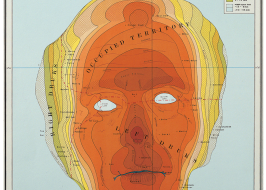Where Science Meets Art
Meetings between science and art, an exchange of ideas between scientists and artists
Curator: Yivsam Azgad
Contemporary conceptual art, much like the art of science, sprouts from an inner seed, within the awareness of the artist or scientist. Each must then undergo a rigorous process of refinement, isolation and experimentation. Each of these worlds is based on a central tenet of precision and consistency. In this, the ideologies and roots of the two appear not only to approach each other, but to abut in many places.
At the Weizmann Institute of Science, art is seen to be a complementary activity, so that scientists and artists can, together, observe the world from a higher vantage point in a more critical and precise way. In other words, the synergy that occurs when science and art are brought together – when the two world views meet – can lead to more significant achievements in the enduring quest to understand the world and our place in it.
Based on this concept, art exhibits have been displayed in various work spaces in the Weizmann Institute of Science in recent years – primarily showings of contemporary Israeli art.

Anne Blaich
"Dreams, Pixels, and Dots"
Stone Administration Building, Entrance floor
》

Yoav Brener
"Metric"
The David Lopatie International Conference Center
》

David Gerstein
"Drawings"
Raoul and Graziella de Picciotto Building for Scientific and Technical Support, 4th floor
》

Rickey Benjamin
"Simple fractions"
Raoul and Graziella de Picciotto Building for Scientific and Technical Support, 3rd floor
》

Galya Lutzky
"Through the Looking-Glass"
Dr. Karl and Leila Ribstein Center for Information Technology
》
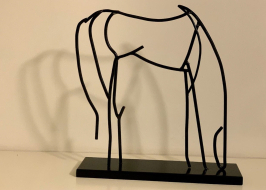
Alon Weingarten
"Iron sculptures"
Raoul and Graziella de Picciotto Building for Scientific and Technical Support, Entrance lobby
》
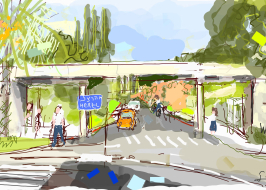
Michael Slatkine
"E-Pencil"
Feinberg Graduate School
》
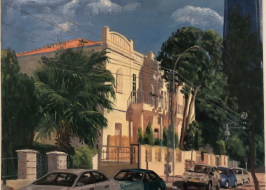
Shalom Flash
"Views"
Raoul and Graziella de Picciotto Building for Scientific and Technical Support, 1st floor
》

Paintings by girls and boys
"Women scientists"
Stone building, ground floor
》

Joshua Griffit
"Bearing Souvenirs #2"
The Max and Lillian Candiotty Building, 1st, 3rd floor
》
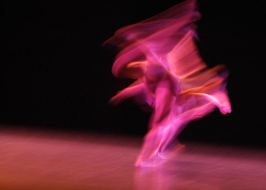
Alexander Katan-Schmid, Gadi Dagon
"Body image"
The Max and Lillian Candiotty Building, 2nd floor
》

Orit Bechar and Yossi Shohat
"Photographed at the Weizmann Institute of Science"
Raoul and Graziella de Picciotto Building for Scientific and Technical Support, 2nd floor
》

Joshua Griffit
"Bearing Souvenirs"
Stone Administration Building, first floor
》
